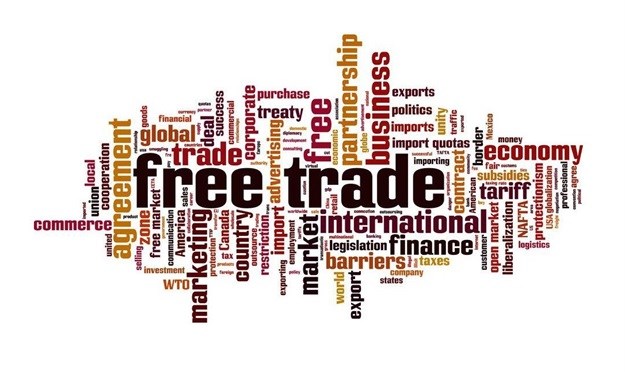Increasing intra-African trade is essential for the growth and development of the continent and so the recent signing of the African Continental Free Trade Area (AfCFTA), set to be the first continent-wide African trade agreement, is good news in terms of its potential to facilitate and harmonise trade and infrastructure development in Africa.
In March this year, most member states of the African Union signed the text of the AfCFTA agreement. Once it is ratified by 22 member states, it will come into force, possibly within a year. AfCFTA includes protocols, rules and procedures on trade, simplified customs procedures as well as dispute resolution mechanisms – all aimed at creating a single legal framework for the continent. South Africa is supportive of the agreement, with President Cyril Ramaphosa recently saying that it would present major trade and investment opportunities for the country.
Importance of infrastructure
In 2015, when announcing the creation of AfCFTA, the United Nations Conference on Trade and Development, (UNCTAD) noted that intra-regional trade in Africa needed to be contextualised in a broader developmental framework that would provide benefits in terms of realising Agenda 2063 of the African Union and the 2030 Agenda for Sustainable Development of the United Nations. The African Union’s Agenda 2063 is a strategic framework for the socio-economic transformation of the continent over the next 50 years. It sets as a target the doubling of intra-African trade by 2022 and emphasizes the need to connect Africa to the rest of the world through world-class infrastructure.
According to the African Development Bank, poor infrastructure has cost the continent a cumulative 25% in forgone growth in the last two decades alone, equivalent to the growth rate achieved in the past ten years. This productivity gap between Africa and the rest of the world continues to grow, with the World Bank estimating that the continent requires more than $90 million per year to begin bridging the infrastructure gap.
Despite emerging markets long being known as key drivers of economic growth in the global economy, maintenance of this status requires extensive development and infrastructure finance. Investments in infrastructure however are often big ticket, long term commitments with fixed locations and structures, which require substantial financial buy-in.
According to research by the IMF - Corporate Investment in Emerging Markets: Financing vs Real Options, the risks and potential for stranded costs in infrastructure investments in emerging markets are further exacerbated by the effect of volatility on emerging markets (being the first to suffer in times of uncertainty, given their higher public debt, lower foreign reserves and shallow financial markets), lack of political will/support and inadequate legal and regulatory frameworks.
In the midst of this prolonged volatility, coupled with low credit ratings and a lack of exposure to private investors, emerging markets, and Africa in particular, require innovative financing solutions to bridge the gap between public and private investment. This is where the Development Finance Institutions (DFIs) play a pivotal role.
Bankable projects a necessity
Africa is not crippled by a lack of infrastructure investment capital, but by a lack of bankable projects. Apart from general investment barriers, infrastructure projects are coupled with completion risks (regulatory or policy uncertainty), performance risks (both during and post construction) and revenue risks (ensuring that the project not only repays its debts, but also provides an adequate return for investors), which effects the project’s overall “bankability”.
In this regard, DFIs are vital in ensuring such projects are bankable, by bringing capital, technical expertise and capacity where private sector players were unable, ill equipped or unwilling to do so on their own.
The key role that DFIs have to play in making a project bankable include being able to provide a broad range of financing products, the ability to act as a loss absorber on both greenfield as well as brownfield projects, having developmental mandate which goes beyond pure funding, active engagement in creating enabling environments to address regulatory and institutional challenges, and risk mitigation.
The 2016 McKinsey Bridging Global Infrastructure Gaps Report found that during the period 2012 to 2015, DFIs, multilateral and bilateral banks and their development partners provided 47% of the financing for African infrastructure.
Improved infrastructure on the continent in all sectors is necessary for greater African integration, and AfCFTA is expected to play a vital role in ensuring the harmonising of laws and trade rules across the continent that will streamline this infrastructure development.































